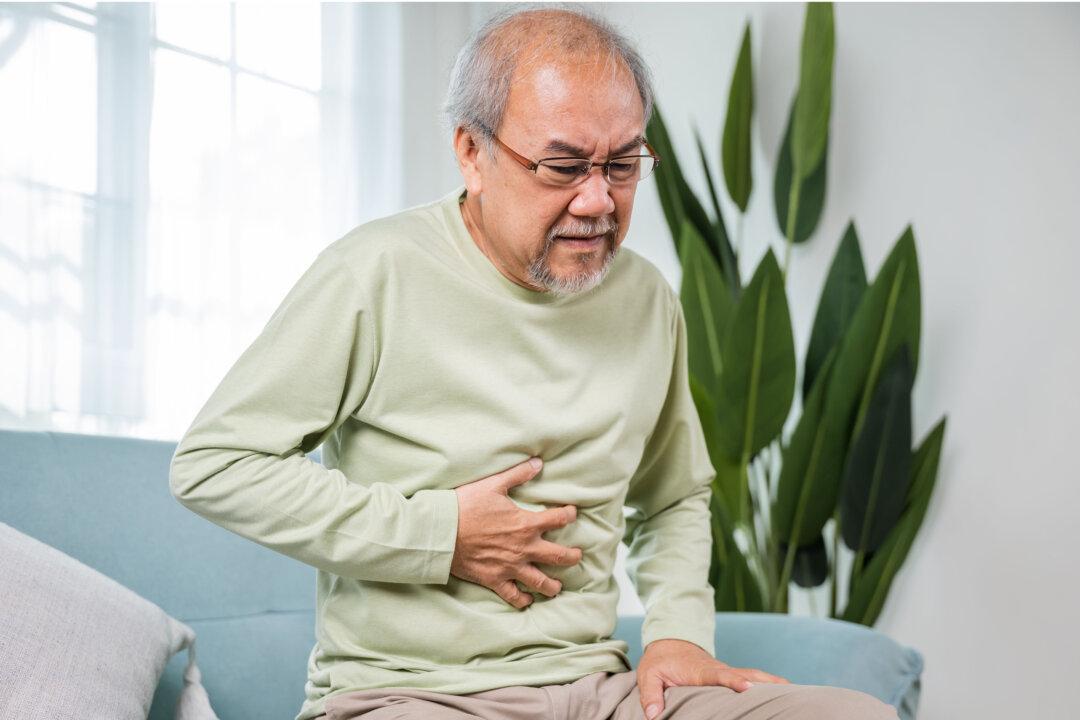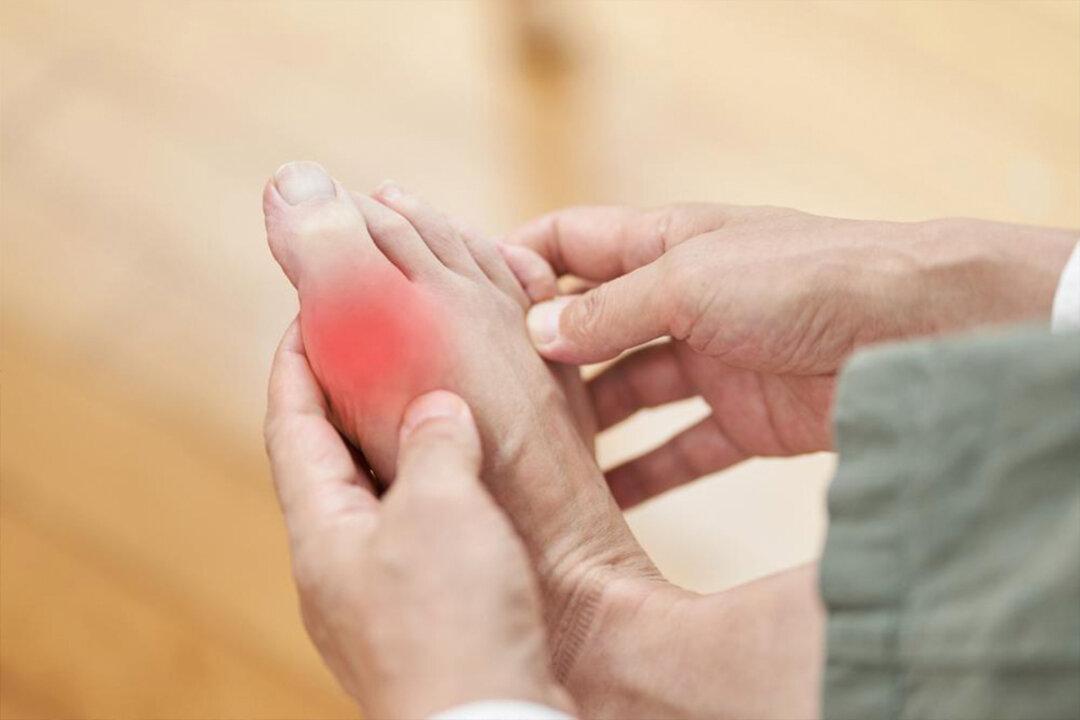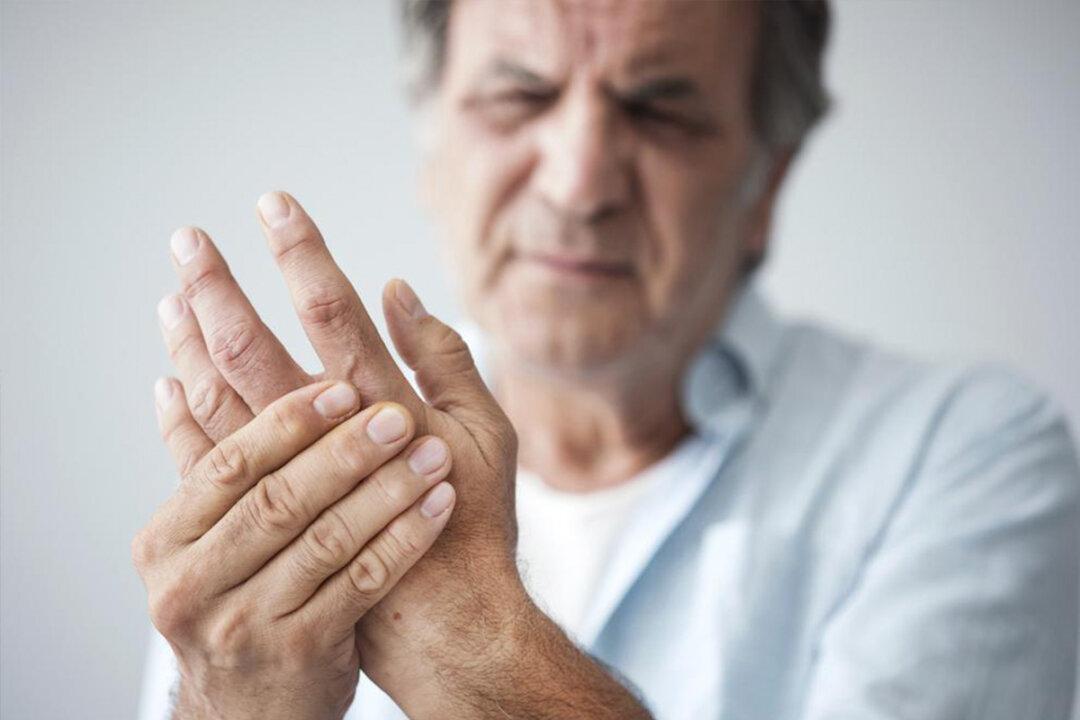As the COVID-19 pandemic continues to rage around the world, there have been more than 600 million confirmed infections and over 6.5 million deaths to date. Early identification of patients who may become severely ill is essential to reduce mortality. In addition, when patients become critically ill, they need timely and effective supportive treatment, as well as rapid and safe transfer to intensive care units (ICU).
When a patient develops respiratory distress, hypoxia (low oxygen levels in the blood), or shock, oxygen therapy must be administered. At the beginning, oxygen should be supplied at a rate of five liters per minute to help the blood oxygen value of SpO2 rise above 90 percent at the very least. For pregnant women, SpO2 needs to be in the 92 to 95 percent range.





